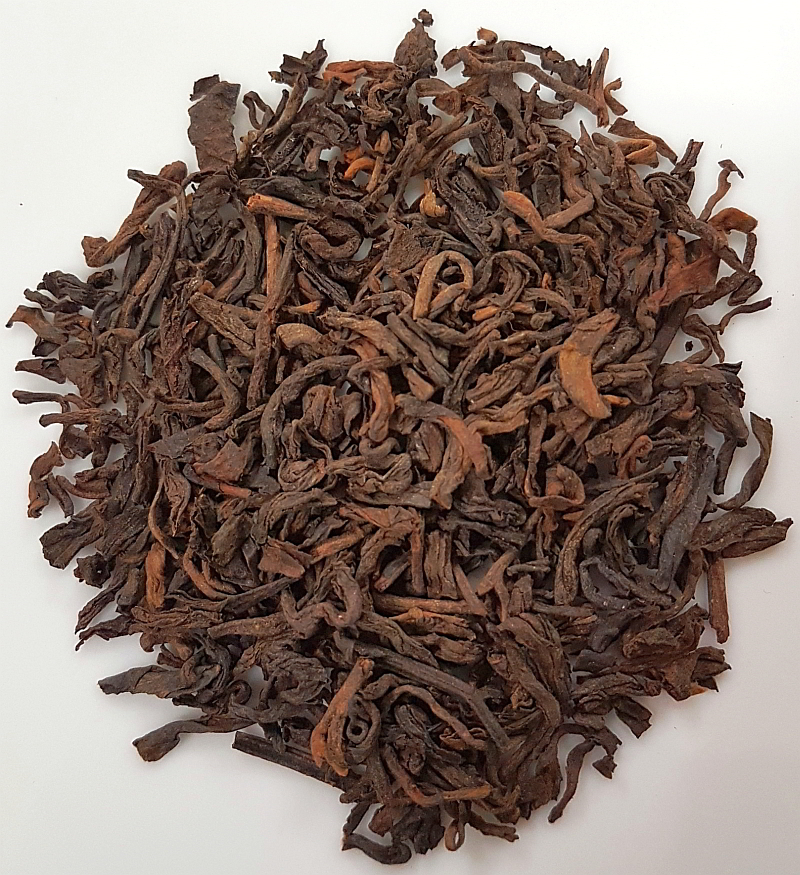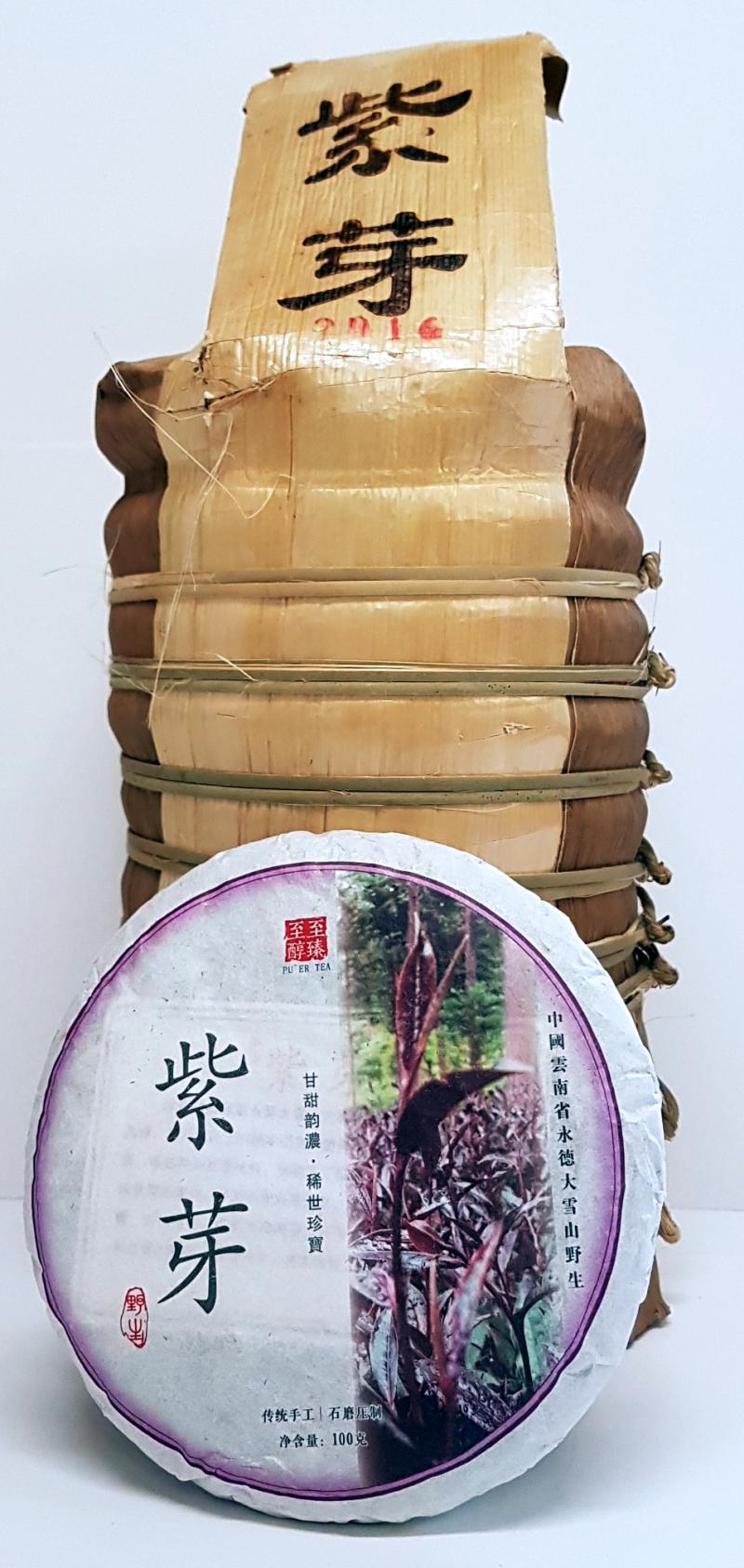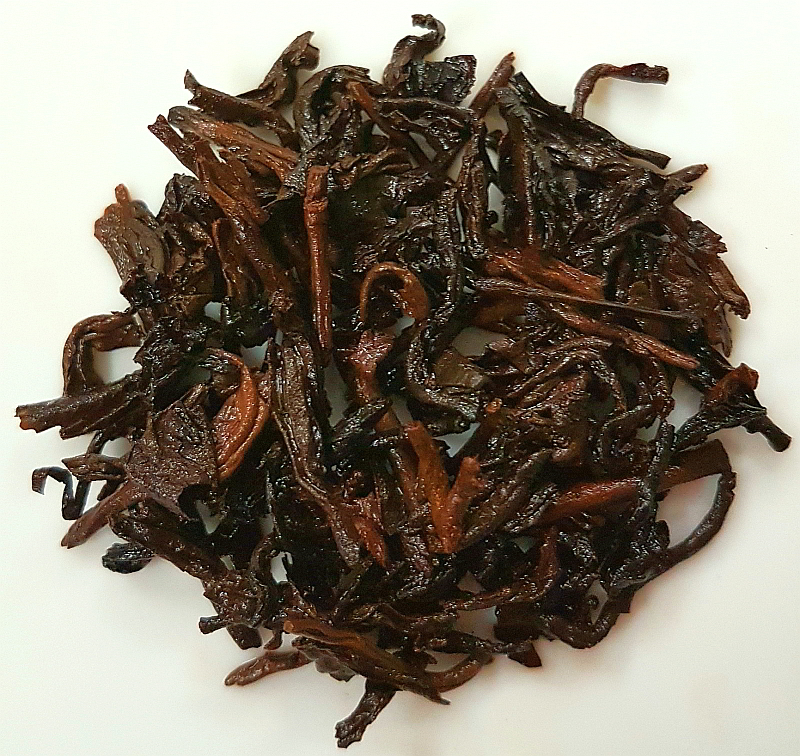
This ancestral family of tea is distinguished by a typical earthy taste.
Pu-erh tea (puer, p'uh-ehr, P'uh-êhr) takes its name from a town in the south of Yunnan province.
The Chinese consider Pu-erh to be true “black” tea. In terms of its production, the tea leaves are fermented several times (post-fermented) over a long period. Fermentation, unlike that of Oolongs and black teas, is without oxidation (anaerobic), it can be carried out in piles for rapid maturation (matured Pu-erh), or ripen little by little (raw Pu-erh (or Green)). The latter matures slowly, it remains clear and soft. For both types of Pu-erh, the leaves are then either left loose or compressed into the shape of bricks (square or rectangular), discs, pancakes or in the shape of a bird's nest. These different shapes vary in size and weight.
It is a type of tea very popular for its medicinal virtues, it is an excellent digestive. It has a regulatory effect on the liver. It helps prevent certain migraines. It is quite light in caffeine and can, for some, be drunk in the evening.
If Pu-erh is of good quality, it ages well (like wine, not all wine ages well...) and improves over time unlike other groups of tea. It can then be stored for years.
The Pu-erh on sale come either in leaves / in bulk, or compressed into bricks, discs, cakes and bird's nests.




 English
English  Français
Français